Yes, you can print on Mylar bags, and it's a practice widely used in the packaging industry. Mylar, a type of plastic film known for its durability and ability to preserve the freshness of food and other consumer goods, serves as an excellent canvas for printing brand designs, ingredient lists, and other crucial information. This makes it a preferred choice for packaging.
Printing on Mylar bags requires specialized equipment due to their smooth and non-porous surface. Options like thermal transfer printers, industrial inkjet printers, and screen printing methods are commonly used to achieve high-quality, lasting images and text. Each method ensures that your printed designs are both clear and durable, even when the packaging is exposed to various environmental conditions.
Understanding the right printing techniques and equipment is vital for achieving exceptional results. Whether you produce food products, consumer goods, or any other packaged item, choosing the right printing method can significantly enhance the look and functionality of your Mylar packaging.
Understanding Mylar Bag Printing
Printing on Mylar bags involves selecting appropriate materials, utilizing the correct printing processes, and preparing the bags properly. The process can significantly enhance your brand and product packaging.
Materials and Properties
Mylar bags, made from polyester film, offer excellent barrier properties. This makes them resistant to moisture, light, oxygen, and heat. These bags are strengthened with layers of aluminum, ensuring high tensile strength. The robust properties of Mylar bags preserve the quality of the products inside, making them ideal for food and sensitive items.
Understanding these properties is essential for selecting the right printing techniques and inks. The material's heat resistance allows it to withstand certain printing processes that involve higher temperatures.
Printing Processes
There are multiple printing methods suitable for Mylar bags, each with distinct benefits:
-
Digital Printing:
- Best for short runs or custom designs.
- High-quality graphics and artwork reproduction.
- Fast turnaround times.
-
Flexographic Printing:
- Ideal for larger production volumes.
- Efficient for repetitive designs and continuous patterns.
- Uses flexible plates and high-speed presses.
-
Direct Printing:
- Involves transferring ink directly onto the Mylar surface.
- Ensures strong adhesion and durability.
Selecting the correct process depends on your specific needs such as quantity, design complexity, and budget.
Preparing for Print
Preparation is key to achieving high-quality prints on Mylar bags. You need to prepare the design thoroughly:
- Consider customization options such as brand logos, graphics, and product information.
- Ensure your artwork and design are ready, adhering to the desired dimensions.
- Work closely with your supplier to finalize the design parameters.
- Conduct test prints to confirm adherence to quality standards and specifications.
Environmental factors, like temperature and humidity, can impact the printing process. Properly storing the bags before and after printing maintains their integrity and the quality of the print.
By carefully preparing the materials and processes, you can create custom Mylar bags that meet regulations and enhance your business's image.
Optimizing for Quality and Efficiency
To optimize for quality and efficiency when printing on Mylar bags, it is essential to choose the right printing equipment, protect the print from damage, and ensure the packaging is well-preserved. These steps help maintain the durability and high-quality of your printed Mylar bags.
Selecting the Right Equipment
Choosing the correct printer is fundamental for achieving high-quality, cost-effective results on Mylar bags. Inkjet printers produce vibrant prints but may struggle with slick surfaces. Laser printers offer sharp, clean prints and work better on non-porous materials like Mylar. Additionally, using thermal transfer printers with appropriate ribbons can prevent smudging and fading, ensuring durability.
Consider the production speed of your chosen printer, as a fast and efficient machine can handle high volumes quickly. Keep your brand's budget in mind to select a solution that balances performance and cost.
Protecting the Print
Environmental factors such as moisture and extreme temperatures can damage the print on Mylar bags. Use high-quality, water-resistant inks to reduce the risk of smudging and fading. Applying a clear protective coating can further safeguard against damage.
If your Mylar bags are for food storage or products like cannabis, ensure that the printing process does not compromise safety standards. To boost longevity, avoid exposing printed bags to harsh conditions that could deteriorate the print quality.
Packaging and Preservation
Proper packaging and preservation methods enhance the lifespan and quality of printed Mylar bags. Using oxygen absorbers within the packaging prevents oxidation and maintains product freshness. Heat sealers ensure airtight closures, which is crucial for food storage or products sensitive to environmental changes.
Mylar bags are effective for preserving various items, from beans to pharmaceuticals. Pay close attention to the packaging process to avoid introducing contaminants or damage. For brands aiming to maintain a professional and durable presentation, consistently utilizing these preservation techniques is essential.



